Exploring the remote and remarkably beautiful Faroe Islands
We left Belfast and spent 2 days at sea before arriving in the Faroe Islands. I know your first question is, “Where are the Faroe Islands”? The Faroes are remarkably isolated. They are about 220 miles northwest of Scotland between Norway and Iceland. It’s a group of about 17 islands and only has a population of 50,000. It’s a self-governing country within Denmark. It was settled by the Vikings, Norse, Gaelic and all the other Northern invaders from this region.
About 10 of the 17 islands are populated. We docked in Torshavn which is the capital and the smallest capital city in the world.
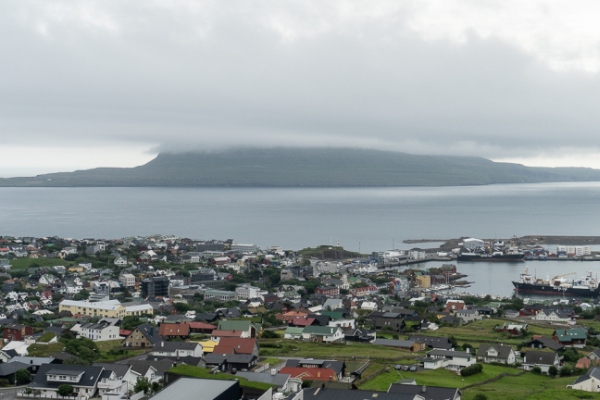
This was one of the prettiest places I’ve ever seen. The landscape is just gorgeous. The hills are beautiful and I’ve never seen green quite this color. The islands are unusual because they have no trees. Some of this is because of the harsh climate but it’s also because of the soil. At any rate, the soil is like peat and the grass is very lush.
There are more sheep in the Faroes than people but they still have to import sheep meat. They can’t increase the number of sheep because it would put too much stress on the grazing land.
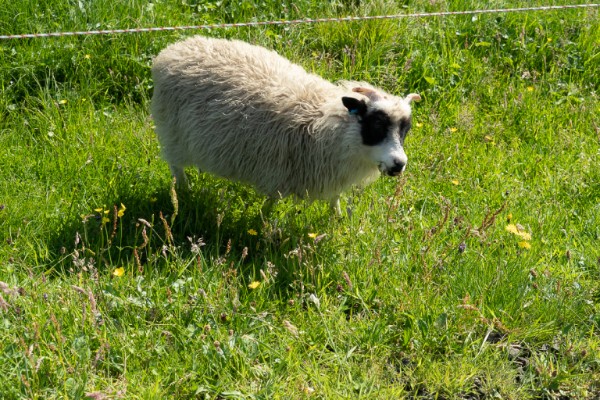
It was surprising to learn there is virtually no unemployment in the Faroes. They are promoting tourism and they also have a robust fishing industry. We were told that they import workers from Europe. There used to be a time when the younger people left the islands but now most of them come back to live after college. There’s plenty of work and most of them think it’s a good place to raise children. We were also told there’s almost no crime. It’s hard to be a criminal when everyone knows each other.
I spent the next day on a full day tour that was called Faroe Island highlights. We drove all over a couple of the islands, stopping at several beautiful viewpoints along the way and some of the iconic little villages. We were so lucky that it was a beautiful, sunny day.
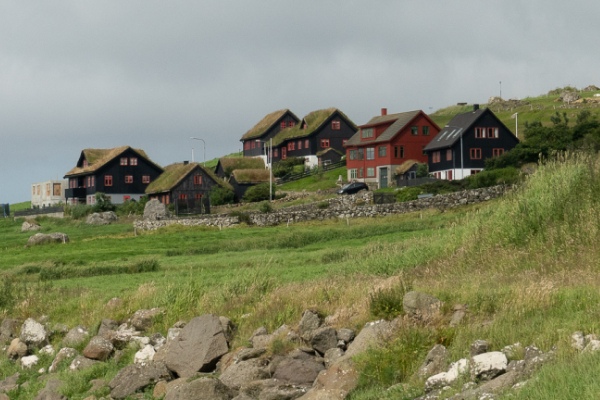
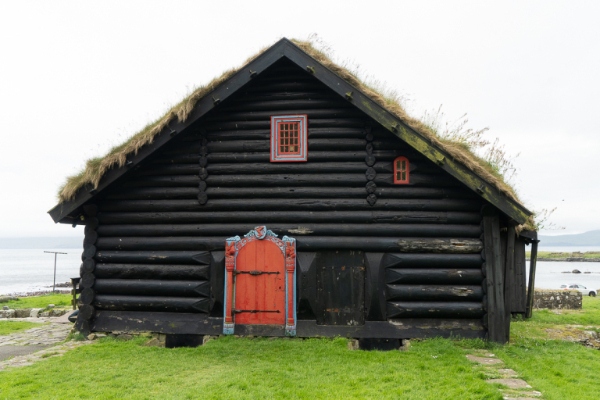
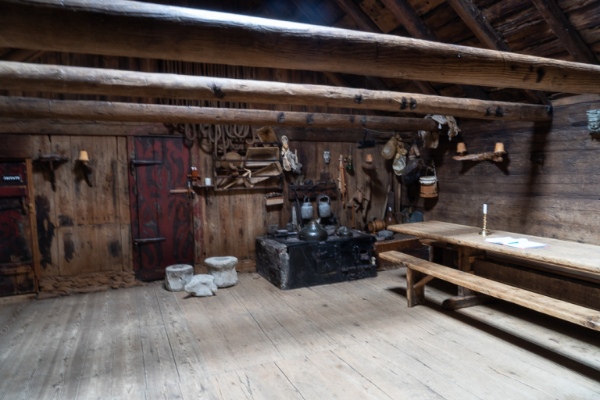

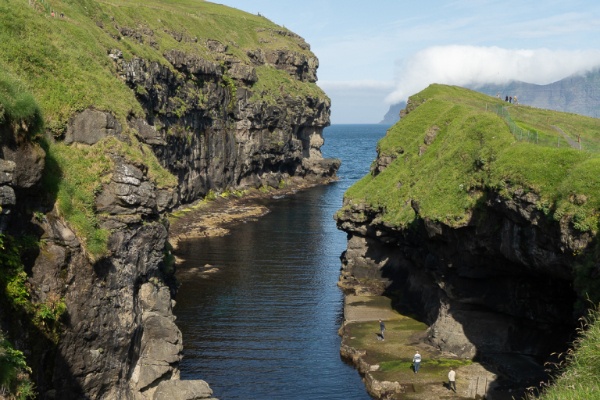
Ready to learn more?
Determine whether life aboard The World is the right fit for you. Talk to one of our Residential Advisors today to learn more about this unique lifestyle, details of upcoming Journeys and Expeditions, and ownership opportunities.



